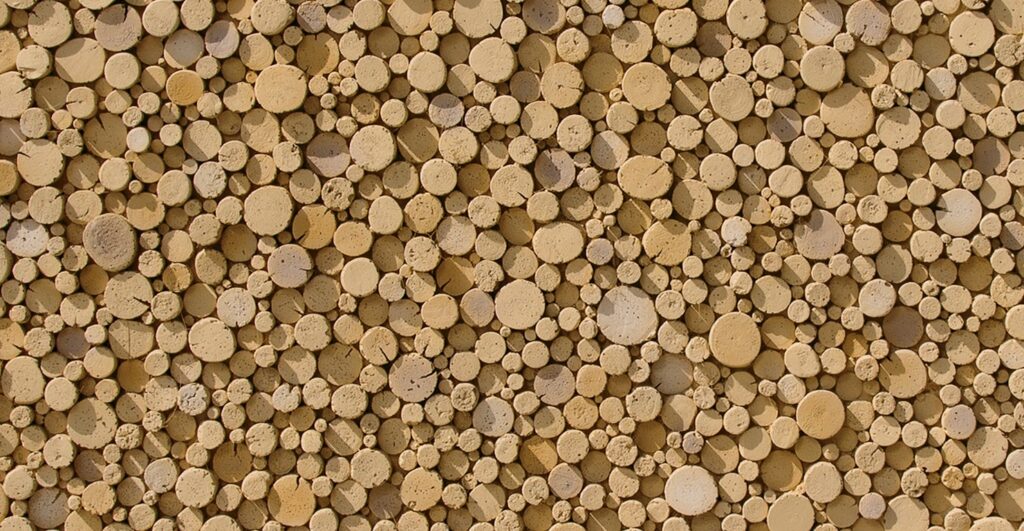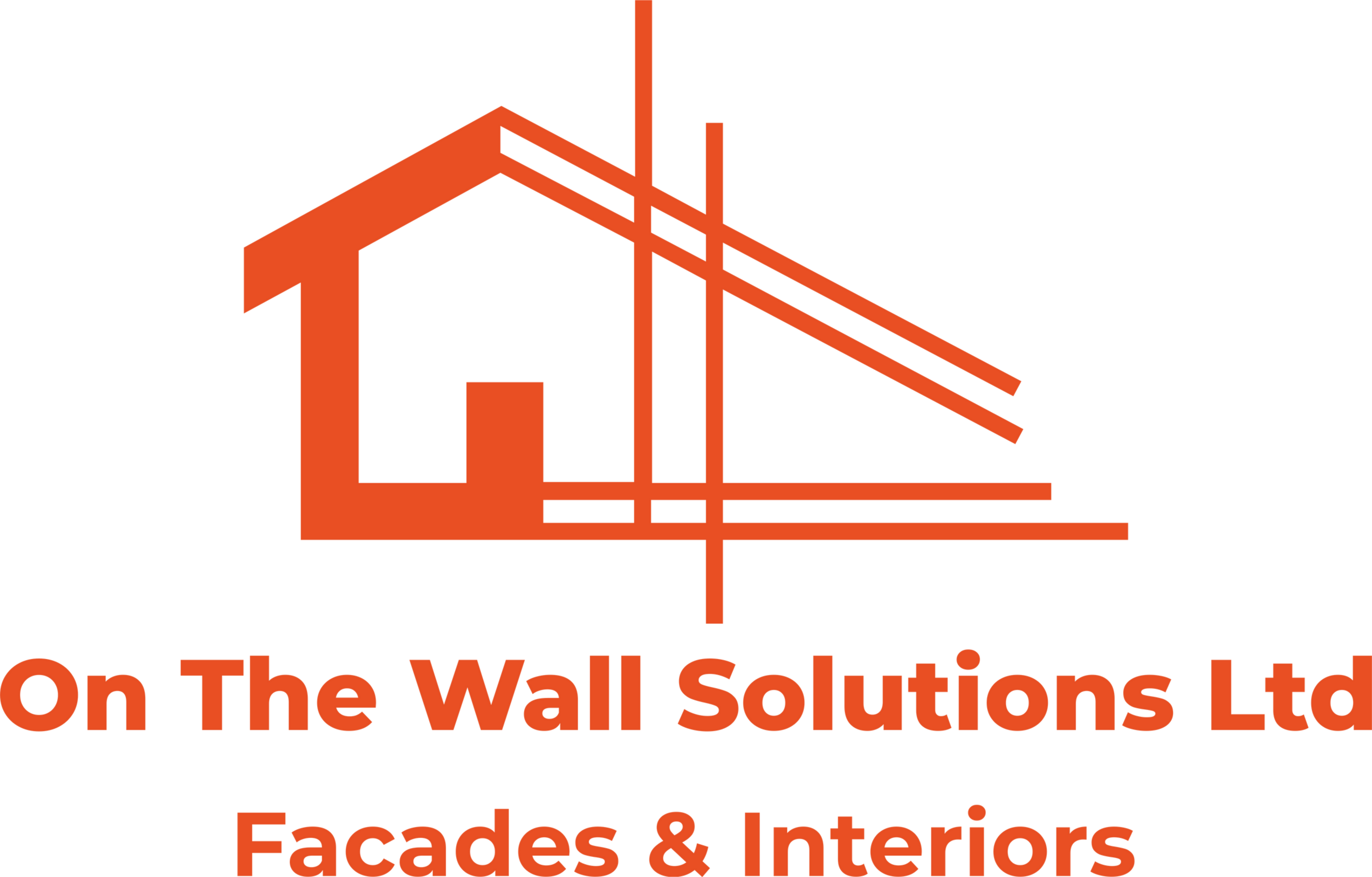When it comes to interior design, architects have a wide range of tools at their disposal to create visually captivating spaces. One such tool is surface texture. By manipulating the texture of various surfaces, architects can give a room depth, dimension, and even evoke certain emotions. In this blog post, we will explore some of the different types of surface textures that architects can utilize to bring their design visions to life.
One of the most common surface textures used in interiors is smooth. Smooth surfaces are sleek and polished, often associated with a sense of elegance and sophistication. They reflect light in a consistent manner, creating a clean and orderly appearance. Smooth surfaces are commonly used in modern and minimalist designs, as they provide a sense of calm and simplicity.
On the other end of the spectrum, rough textures can add a sense of ruggedness and authenticity to a space. Rough surfaces include materials such as exposed brick, stone, or wood with visible grain. These textures add character and warmth to a room and can be used to create a rustic or industrial aesthetic. Rough surfaces are often seen in loft apartments or converted warehouse spaces, where the juxtaposition of the rough texture against sleeker elements creates an interesting visual contrast.
Another type of surface texture that architects often utilize is patterned. Patterned surfaces can be achieved through a variety of methods, such as wallpaper, painting, or even tilework. Patterns can range from bold and geometric to intricate and delicate, adding visual interest and personality to a space. Patterned surfaces are particularly effective in creating focal points or accent walls, as they draw the eye to a specific area and create a sense of visual movement.

Textured surfaces are also commonly used by architects to create tactile experiences within a space. Textured surfaces engage our sense of touch, providing a physical connection to the environment. Examples of textured surfaces include fabrics, upholstery, or even specially designed wall finishes that mimic the feel of materials like concrete or distressed wood. Textured surfaces can be used strategically to evoke certain emotions or enhance the functionality of a space. For example, soft and plush textures in a seating area can create a sense of comfort and relaxation, while rougher textures in high-traffic areas can add durability and resistance to wear.
In addition to these common surface textures, architects also have access to more innovative and experimental techniques. One such technique is the use of 3D textures. 3D textures involve the application of materials that create a three-dimensional effect, adding depth and visual intrigue to a surface. This can be achieved through the use of specialized wall panels or sculptural elements that protrude from the surface. 3D textures are particularly effective in contemporary or futuristic designs, as they create a sense of movement and dynamism.
Another emerging trend in surface texture is the use of reflective materials. Reflective surfaces, such as mirrored or metallic finishes, can add a touch of glamour and luxury to a space. They bounce light around the room, making it feel brighter and more expansive. Reflective surfaces can be used strategically to emphasize and highlight certain elements, such as artwork or architectural features.
In conclusion, surface texture is a powerful tool that architects can use to transform the look and feel of an interior space. Whether it’s creating a sleek and polished environment with smooth surfaces or adding character with rough textures, architects have a wide range of options at their disposal. By carefully selecting and manipulating surface textures, architects can create visually captivating spaces that leave a lasting impression on those who enter them. So, the next time you step into a beautifully designed interior, take a moment to appreciate the thought and creativity that went into selecting and implementing the various surface textures that bring the space to life.

